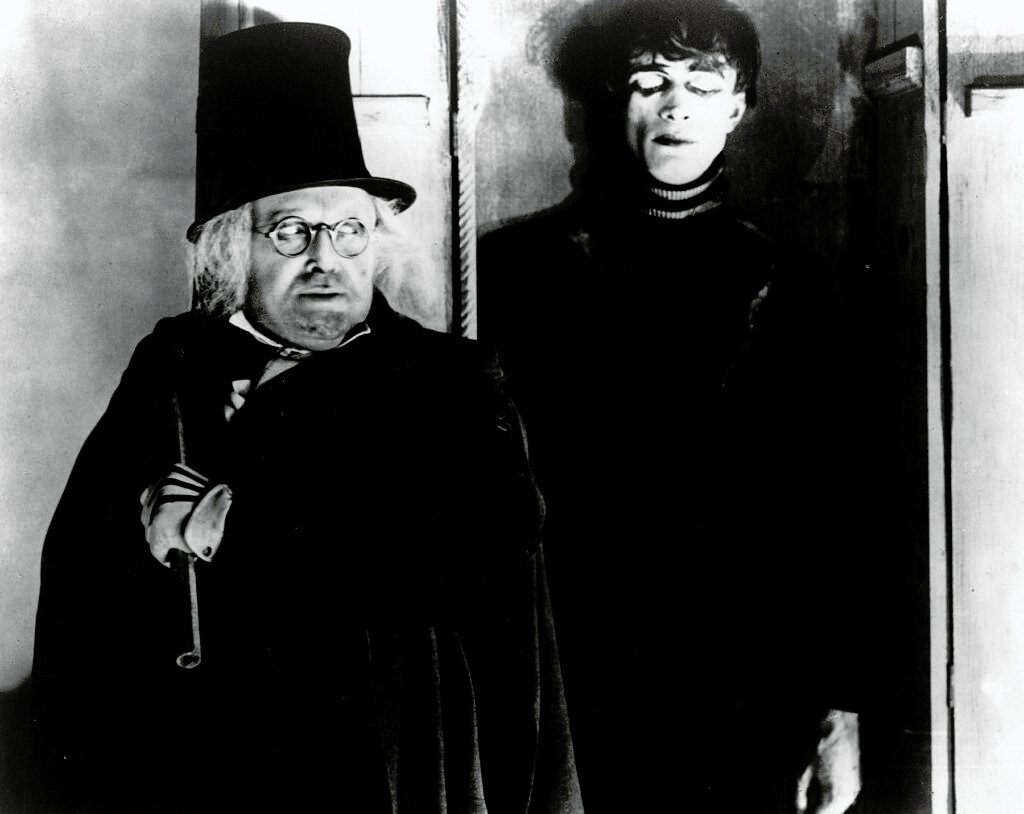The history of women’s oppression dates back to ancient times, as evidenced by the epics and Puranas, which showcase men’s misogynistic treatment of women. Many myths portray women as voiceless and unfairly punished, such as the story of Ahalya, who was cursed by Sage Gautama for committing adultery. This raises questions about whether women received justice or were simply victims of patriarchal dominance. In contemporary retellings, attempts are made to modify gender bias by reconstructing these old tales and giving voice to silenced characters. Sujoy Ghosh’s short film “Ahalya” appropriates the mythical tale by reversing the power dynamic, with Ahalya in a position of control over the fate of men.

In his postmodern retelling, Sujoy Ghosh raises the question of whether the mythological Ahalya was complicit or an oblivious accomplice, allowing for various interpretations. Through his fourteen-minute film, released in 2015, Ghosh constructs a hyperreal world with close-up shots and flawlessly executed scenes that challenge the traditional tale of a woman being silenced by the curse of Hindu patriarchy.
The filmmaker challenges the stereotypical presentation of women and attempts to alter the prevailing image of Ahalya by demolishing gender constructs. He addresses the absence of Ahalya’s voice in the original narrative and constructs a screenplay that empowers Ahalya with a position of authority, giving her absolute control over the men. This reimagining of the story represents a departure from the traditional patriarchal framework and aims to provide a new, more empowering portrayal of Ahalya.
Patriarchy is an institution that not only subjugates women but also traps men with the burden of assigned power and prowess, failure to maintain which could stain their masculine identity. The Brahmanical patriarchy bestows upper-class men such as sages and saints with the power to curse or punish women, which became the benchmark of their existence and identity. In the Puranas, Sage Gautama unjustly inflicted the curse on Ahalya, thereby a contemporary story seeking revenge and justice must subvert Gautama’s actions. In Sujoy Ghosh’s short film, Gautama himself conspires with his wife to trick Indra Sen and turn him into a lifeless entity like Ahalya in the Puranas. This change in Gautama’s character serves as a foil to patriarchal oppression and atones for the inhumane curse. As a result, Ghosh’s ‘Ahalya’ becomes a story of redemption for feminine authority, overthrowing patriarchal hangovers for both men and women. Gautama, a man of traditional Brahmanical origin, becomes a modern man who contributes to the feminist upsurge by assisting in serving justice to the female.
The purpose of a retelling is to offer a fresh perspective on an old story, and the short film ‘Ahalya’ explores the possibility that the widely known incident may have occurred in a different way. The film suggests that what has been accepted as the truth for ages may not necessarily be the ultimate truth, or can be altered, if given a voice!
If you enjoyed watching this short film, you must read Koral Dasgupta´s retelling of Ahalya. (Click here to buy the book now.)



Leave a Reply